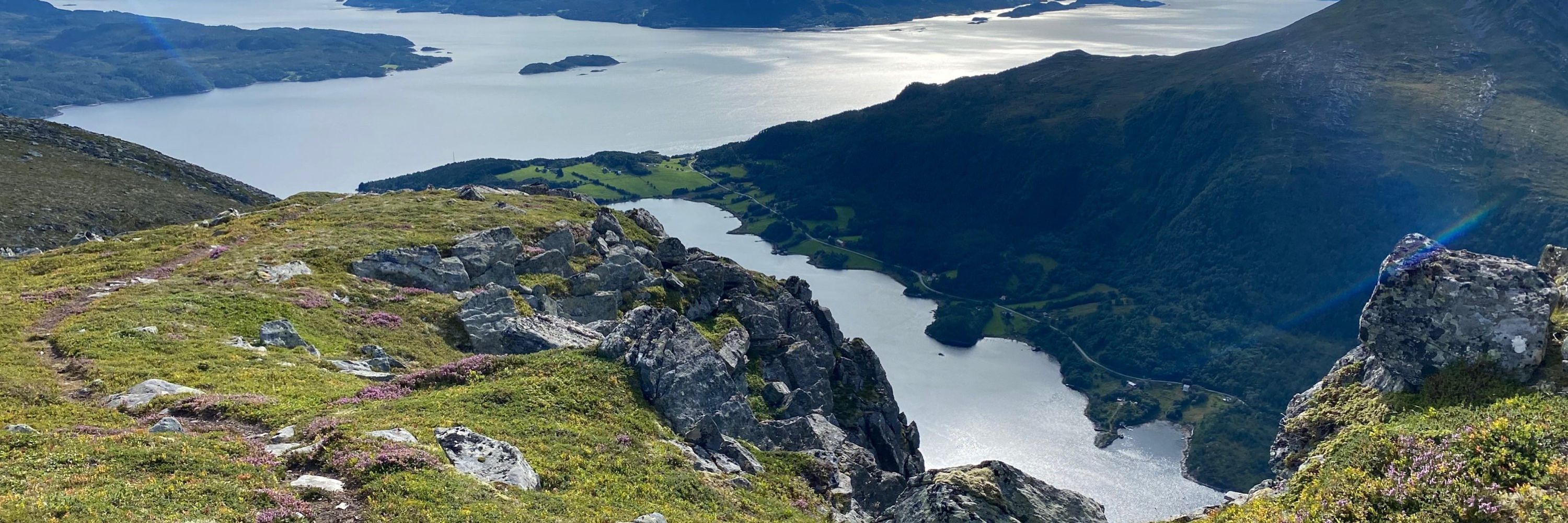
HN
Håkon Nordhagen
@hakonnordhagen.bsky.social
Physics, climate change, system change, agrowth. Lover of nature and spends as much time in it as possible - especially in a kayak or with a harness. Knows quite a lot about materials, and wish I knew more about the rest. Looking forward to start teaching
720 followers1.2k following1.6k posts
The way I understand it, "mild" climate damage functions (Norhaus-type) and, perhaps especially, high discount rates (Norhaus type 3%-ish) tend to favour large amount of negative emissions (?). So, in a way, many iams looks set up to continue status quo, more or less, hinging on NETs working well(?)
Both the way that damages are included and the way that future damages are priced are laden with value judgements that often go unexplored in the literature. That leaves the impression that the ‘optimum pathways’ suggested by these models derive purely from the science - but that is not so.

HN
Håkon Nordhagen
@hakonnordhagen.bsky.social
Physics, climate change, system change, agrowth. Lover of nature and spends as much time in it as possible - especially in a kayak or with a harness. Knows quite a lot about materials, and wish I knew more about the rest. Looking forward to start teaching
720 followers1.2k following1.6k posts